
Issue 6 - November - December 2017


Abstract in open access
Agroscope has bred five new grape varieties from crossings between Gamaret and internationally known ancestors (Merlot, Cabernet Franc, Nebbiolo) or traditional Valais grape varieties (Humagne Rouge). They bear the names Cabernello (Cabernet Franc x Gamaret), Merello (Merlot x Gamaret), Gamarello (Merlot x Gamaret), Cornarello (Humagne Rouge x Gamaret) and Nerolo (Nebbiolo x Gamaret). The new varieties combine a low susceptibility to Botrytis cinerea and the great adaptability of the Gamaret variety with the possibility of producing various wine types of high quality in the line of the used ancestors (Merlot, Cabernet, Nebbiolo, Humagne Rouge) whose growing in Swiss vineyards are very limited.
Keywords: New grape varieties, Cabernello, Merello, Gamarello, Cornarello, Nerolo, Botrytis resistance
E-Mail: jean-laurent.spring@agroscope.admin.ch
Adress: Agroscope, 1009 Pully
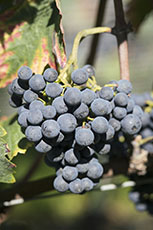
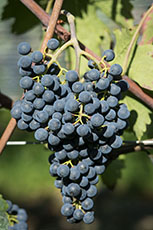
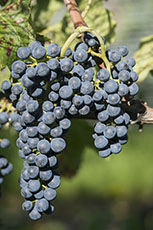
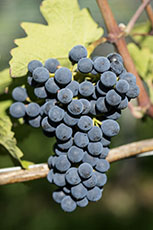


Abstract in open access
Nowadays, an adequate concentration of yeast assimilable nitrogen (YAN) is recognised as an essential criterion in grape-must composition, both for proper fermentation kinetics and for the final organoleptic profile of the wine. This is particularly true for white-wine vinification with no skin maceration. This paper specifies the context in which an application of foliar urea may be a useful back-up solution for increasing YAN concentration in the must, and restates good practice for successful fertilisation. A trial conducted between 2012 and 2016 showed that it is better to apply foliar urea to the whole canopy rather than targeting a particular leaf area. Monitoring and sustainable management of the nitrogen status of both the vine and grape must would help manage the risks of YAN deficiency in the must.
Keywords: Yeast assimilable nitrogen, foliar fertilisation
E-Mail: thibaut.verdenal@agroscope.admin.ch
Adress: Agroscope, 1009 Pully
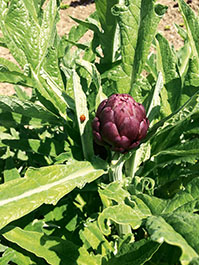
Abstract in open access
The artichoke (Cynara scolymus) is a vegetable appreciated by gourmets. Although the cultivars available on the market today are not very diversified, there are nevertheless several local varieties, often unknown, sometimes threatened with extinction. Thus, in Geneva’s agricultural heritage is the Violet de Plainpalais artichoke, a traditional variety rediscovered by chance in the 20th century, renowned for its adaptation to the Geneva climate and its gustatory qualities. In order to promote this local variety, works has been undertaken on its genetic, morphological, agronomic and organoleptic characterisitics. This article presents a brief synthesis of the results obtained in the framework of these interdisciplinary studies. They confirm the strong potential of this local variety, which is of interest to both producers and consumers in our region.
Keywords: artichoke, traditional variety, Violet de Plainpalais, genetic characterization, sensory evaluation
E-Mail: nicolas.delabays@hesge.ch
Adress: Hepia, 1254 Jussy
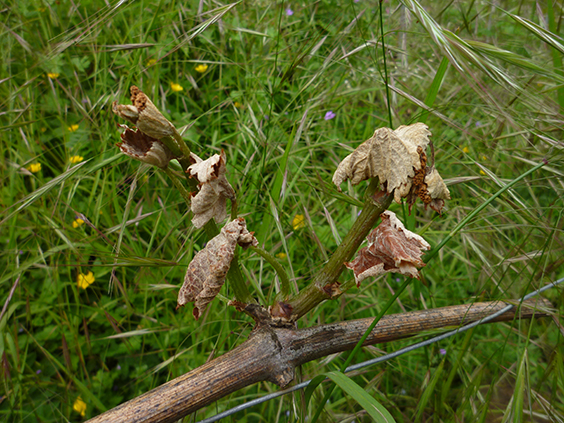
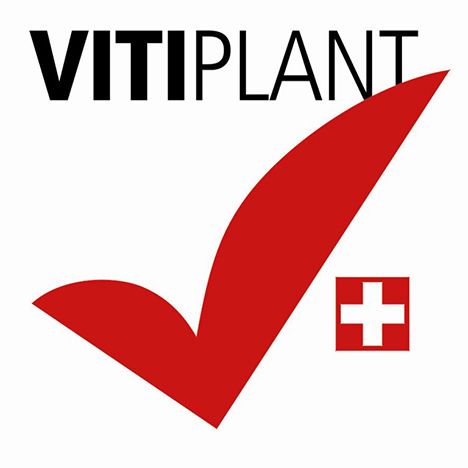

 Download of full issue
Download of full issue
 Download article
Download article